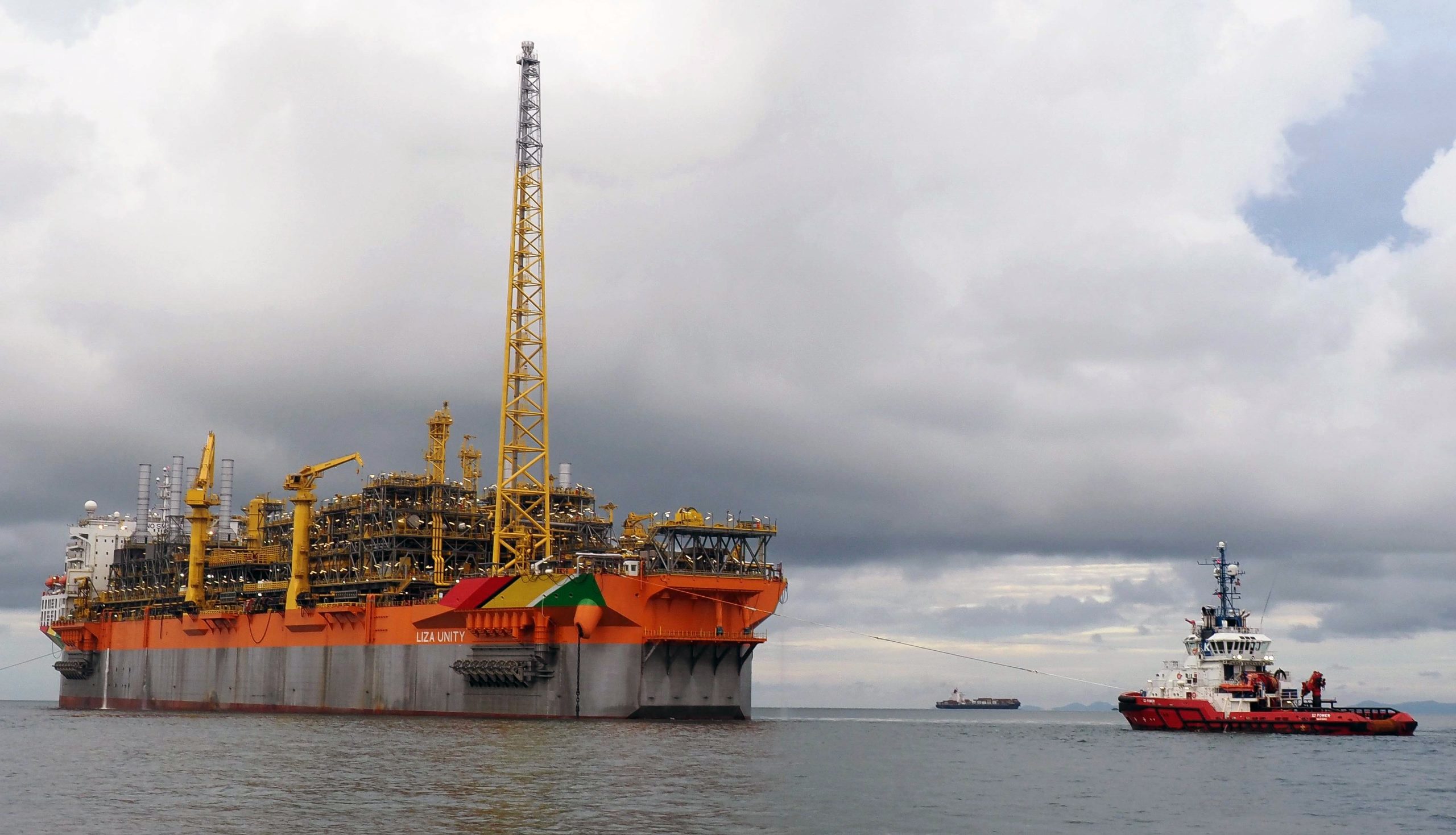ExxonMobil Guyana announced Thursday that its second production vessel, the Liza Unity, achieved pilot flare after its gas compression and injection systems were safely commissioned in “half normal industry time”.
ExxonMobil Guyana Production Manager, Mike Ryan dubbed the achievement “a testament to the team’s dedication to steady, safe operations.”
“It also demonstrates ExxonMobil’s capabilities as an industry leader and our commitment to operational excellence,” he added.
Start-up of the Liza Unity involved temporary, non-routine flaring.
Exxon said that its Liza Phase 2 project design cut out routine flaring by using produced gas to power the FPSO and by reinjecting gas into the reservoir to conserve it and improve oil recovery, thereby reducing emissions compared with traditional methods.
Liza Destiny FPSO racks up over 800 days with no recordable incident – Routledge | OilNOW
The Liza Unity’s water-injection system is also operational. Exxon’s next step will be to start up additional new wells in the ramp-up to full production of 220,000 barrels of oil per day during the third quarter.
On another note, Exxon also revealed that a new and redesigned flash gas compressor has arrived in Guyana for its first vessel – the Liza Destiny.
This comes after extensive testing in Germany. By mid-July, Exxon expects to install the critical piece of equipment and subsequently achieve pilot flare levels on that FPSO.
Both the Unity and Destiny FPSOs were built and are being operated by Dutch floater specialist, SBM Offshore. The company has also been contracted to build two other FPSOs for Exxon’s Guyana operations – Prosperity and One Guyana – for the Payara and Yellowtail projects, respectively.
Liza Unity FPSO to develop approximately 600 million barrels of oil – ExxonMobil | OilNOW
“We have relentlessly pursued a solution to this highly complex issue and have never lost sight of that goal. We are pleased that the newly designed machine is now offshore and the teams are methodically removing the original machine in preparation for the upgraded Flash Gas Compressor installation and startup,” the production manager indicated.
Exxon reported too that the performance of the second- and third-stage flash gas compressor on the Destiny FPSO has been “stable” with more than 96% of the gas produced being reinjected or used to power the vessel.
Exxon says Liza Destiny FPSO production volumes in full compliance with regulations | OilNOW
“Recent optimisation tests have confirmed the performance of the previously upgraded equipment and we were able to boost production to more than 140,000 barrels of oil per day, while maintaining the flare rates to a minimum,” Ryan added.
Ryan explained further that contrary to reports, with the previously installed machine, production on the Liza Destiny would have had to be zero to achieve background flare.
“Since start-up in December 2019, we have managed production in a manner that balances the environmental commitment and economic needs of the country, in alignment with government priorities,” he said.
The two floaters now have production capacity amounting to a combined 360,000 barrels of oil per day. The government had projected in its 2022 budget preparations that the two vessels would see Guyana raking in US$957 million this year. But given oil price increases due to Russia’s invasion of Ukraine, and optimisation of the Destiny vessel, Guyana can expect much more.



